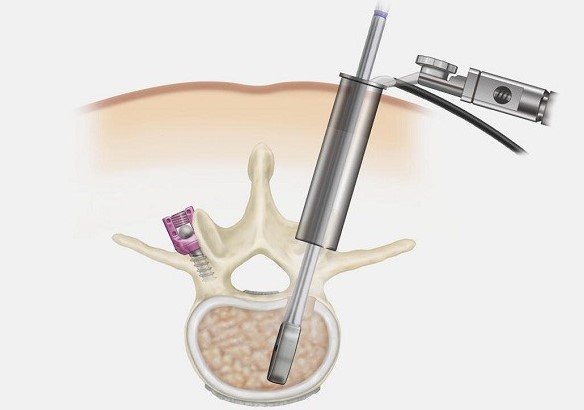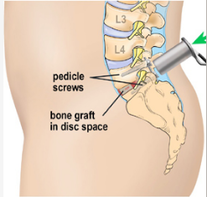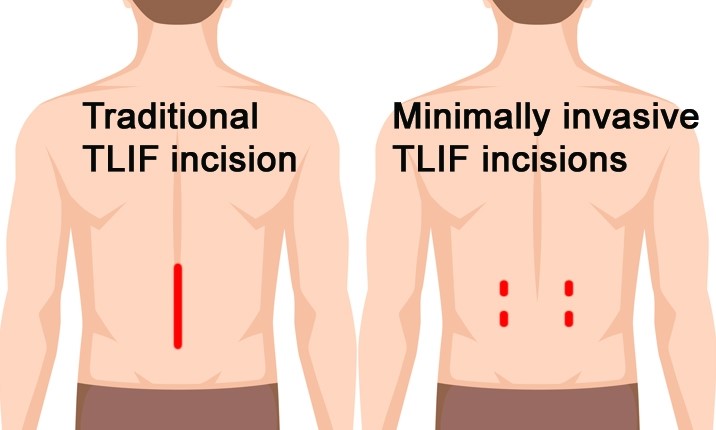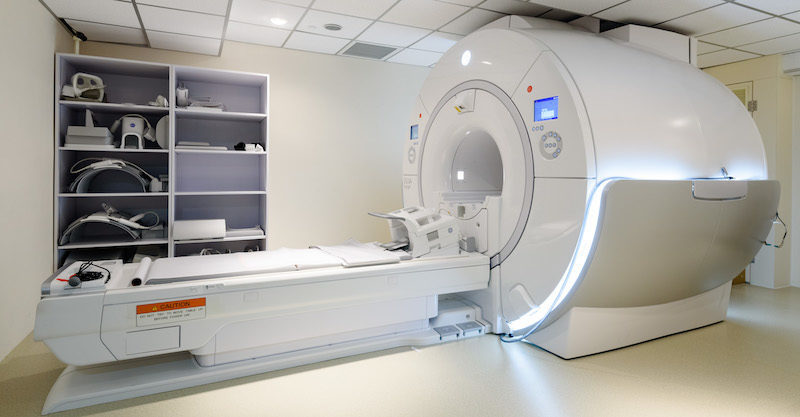NEUROSURGERY is a highly specialized surgical subspecialty that involves i) medical treatments ii) physical treatments iii) interventional or endovascular procedures and iv) minimally invasive microsurgeries for treating a very wide spectrum of clinical conditions and diseases that happen at our BRAIN and SPINE. Among all, treating STROKE and PAIN are the basics of Neurosurgery daily practices.
In the other words, NEUROSURGEONs, with their knowledges and trainings, together with their sophisticated micro-instruments, utilize their operative skills under the microscope, they treat wide spectrum of clinical conditions and diseases that happen along human nervous systems and its surrounding tissues; skull, spinal column, vessels and related tissues.
The followings are the summary of the common routines in Neurosurgical Practices:
with numbness, pain, weakness at arms or legs, sciatica pain at legs.
with spinal cord or cauda equina nerves compressions, causing pain, numbness, weakness at arms or legs, disturbed gait, disturbed urinary habit and bowel habits, disturbed sexual function.
with back pain, nerves compressions, spinal instability or scoliosis:
Minimally Invasive Spine Fusion Surgery under Microscope:Among all Neurosurgeries, minimally invasive spine surgery (MIS Spine Surgery) are the microsurgeries that Neurosurgeons most commonly perform among their routines.
For all spine surgeries, Neurosurgeons apply their knowledges of nervous system and spinal column, and also their microsurgical skills and techniques, together with their micro-instruments of brain surgeries. Sometimes, Neurosurgeons may also add the technique of Continuous Intra-Operative Neural Monitoring (IOM) to monitor the nerve signal transmission function along brain, spinal cord and nerves during surgery, so as to assure patients’ good neurological outcome in spine surgeries.
With the ever-advancing Medical Technology, seeking a second medical opinion is now the standard practice for all kinds of medical diagnoses. Getting a second medical opinion from another Medical Expert is a decision-support tool for ratification or modification of the medical suggestions from other doctors.
Second medical opinion may have critical impacts on the disease outcome by influencing the followings, namely 5Cs:
Brain tumors can be subdivided into non-cancerous benign tumor and malignant cancerous tumor. If a tumor is originated within brain compartment ......
Tumors can develop in the vertebrae, nerves, and other tissue throughout your spine. Some spine tumors, such as astrocytomas, occur more commonly in children and adolescents......
Given the disease burden of strokes, prevention is an important public health concern. As stroke neurosurgeons, we do not want to treat stroke unless we are forced to do so for acute stroke ......
Brain tumors grow and compress normal brain tissue. Both benign and malignant tumors can cause swelling of the brain and raised intracranial pressure. Headache, dizziness....



In Minimally invasive spine surgery (MISS), fluoroscopic guidance and special devices i.e. a small tubular retractor for the tunnel-view spine surgery inside a tinny wound is used.


Transcranial Magnetic Stimulation (TMS) is a newly launched treatment modality for Neuro-Rehabilitation in Stroke. Transcranial stimulation of human brain is with proven clinical beneficial effects for Stroke-Rehabilitation.
TMS is non-invasive. It serves to stimulate both the normal and the injured brain cells to wake up, to recover, to replace for the lost, and possibly to regenerate. By doing so, the lost neurological functions of stroke patients are hopping to be recovered in a faster pace and in a more comprehensive way. In order to achieve the best treatment outcome, TMS for stroke patients has to be clinically applied in conjunction with other conventional Stroke-Rehabilitation Programs i.e. Physiotherapy, occupational and speech therapy, etc.
Through intact human skull bone, Transcranial Magnetic Stimulation (TMS) influences neuronal activity at our brains. The stimulation is caused by short magnetic pulses, with a field strength between 2 to 3 Tesla, similar to that of a magnetic resonance imaging (MRI) machine. During TMS treatment, a handheld Butterfly Coil applying over patient’s head will generate a precise and highly focused magnetic pulses. With the concept of electromagnetic induction in physic, a tiny electric current flow will then be induced at the targeted brain areas to activate brain cells.
Through intact human skull bone, Transcranial Magnetic Stimulation (TMS) influences neuronal activity at our brains. The stimulation is caused by short magnetic pulses, with a field strength between 2 to 3 Tesla, similar to that of a magnetic resonance imaging (MRI) machine. During TMS treatment, a handheld Butterfly Coil applying over patient’s head will generate a precise and highly focused magnetic pulses. With the concept of electromagnetic induction in physic, a tiny electric current flow will then be induced at the targeted brain areas to activate brain cells.
TMS treatment is safe and effective. The treatment does not require anesthesia or sedatives. Patient stays awake and conscious during treatment. During TMS, some patients may experience mild muscle twitching at face or hands. Some patients may have little transient discomfort, mild pain, tinnitus, minor disturbed neurological functions i.e. hearing and cognition, or even sense of faint. In 1/10000 cases, TMS may induce seizure attack during stimulation. The use of TMS should be with cautions in patients with implanted devices such as cardiac pacemakers or defibrillators
During treatment, the Neuro-Rehabilitation Specialist and Healthcare Team will ensure patient’s comfort and with risks minimized.
The clinical applications of TMS are also extended to other neurological diseases and mental health, i.e. dementia, anxiety disorder, depression, etc. Besides, TMS can be used clinically to measure the integrity, the activity and the function of specific brain circuits in humans. The most widely accepted application is for measuring the connection between the primary motor cortex of central nervous system at brain and the peripheral nervous system at spine or limbs, so as to evaluate the structural and functional damages related to past, present or progressive neurologic insults and diseases.
 |
Repeat Transcranial Magnetic Stimulation(rTMS)& Hand Therapy |
|
 |
||
 |
||
 |
TMS for Stroke Recovery |
With the ever-advancing Medical Technology, seeking a second medical opinion is now the standard practice for all kinds of medical diagnoses. Getting a second medical opinion from another Medical Expert is a decision-support tool for ratification or modification of the medical suggestions from other doctors.
Second medical opinion may have critical impacts on the disease outcome by influencing the followings, namely 5Cs:
Patient and Relatives will have less Confusion concerning the disease and Second Medical Opinion helps their Better Understandings.
Medical Expert will make sure that all of the appropriate studies and tests had completed and interpreted properly.
Medical Expert will discuss with Patient and Relatives for all of the available treatment options. The Pros and Cons, Risks and Benefits of each treatment option will be fully informed.
Second Medical Opinion will help Patient and Relatives for making a right decision with significant reassurance, peace of mind and confidence. Second Medical Opinion may also eliminate the need for unnecessary invasive procedures or surgeries.
After knowing the Natural Course of the disease and its life-long Prognosis, Patient and Relatives will start to plan for their future.
In summary, by Seeking Second Medical Opinion, patients may benefit from treatment optimization within reasonable timeframe and may avoid unnecessary risks of getting wrong diagnosis or receiving inappropriate treatments.
The Questions that Patient and Relatives may ask our Neurosurgeon may include:
Patient or their relatives can access our website for healthcare information and on-line booking, or they can call our enquiries hotline (852-8107 1616) and speak to our Neurosurgery Nurse.
The SIGNA Voyager – State of the Art 1.5T wide-bore MRI, provides the most comfortable, swift and quiet experience for users.
GE’s proprietary SilentScan technology dramatically reduces scanning noise and includes a Silent Neuro Package with Diffusion Weighted Imaging (DWI), which delivers a completely silent neuro exam, and expanded spine and musculoskeletal imaging.
The wide and low Comfort Plus table and open 70cm design allows patients to rest freely while affording easy access and a comfortable scanning experience.
Our MRI equipment can provide the following services:
Most radiologists agree that MRI is the best diagnostic tool for evaluation of the Central Nervous System (brain and spinal tumor). In patients suffering from stroke, Diffusion Weighted Scan permits almost immediate visualization of the part of the brain that is not getting adequate blood flow, and allows faster treatment to prevent permanent cell death.
Spine MRI provides detailed pictures of hard-to-view areas of the spine, including the spinal canal, bony segments, and soft tissue. It can pinpoint problems and show up the exact location of tumors in the spine, spinal cord, or disks. It is an important diagnostic tool for patients suffering from pain or numbness in the back or in the limbs.
MRA provides a noninvasive method to study blood vessels, such as the carotid, pulmonary, peripheral and renal arteries and the aorta. The test minimizes the needs of invasive procedures such as Conventional Angiogram and avoids older radiological techniques that require puncturing major vascular structures.
